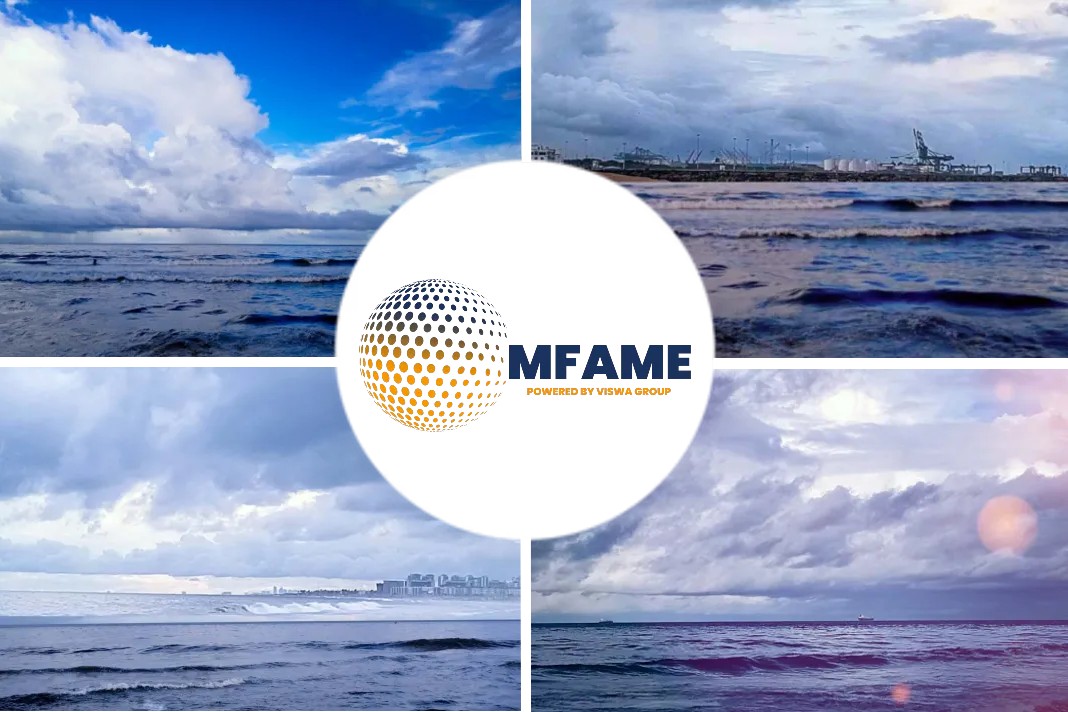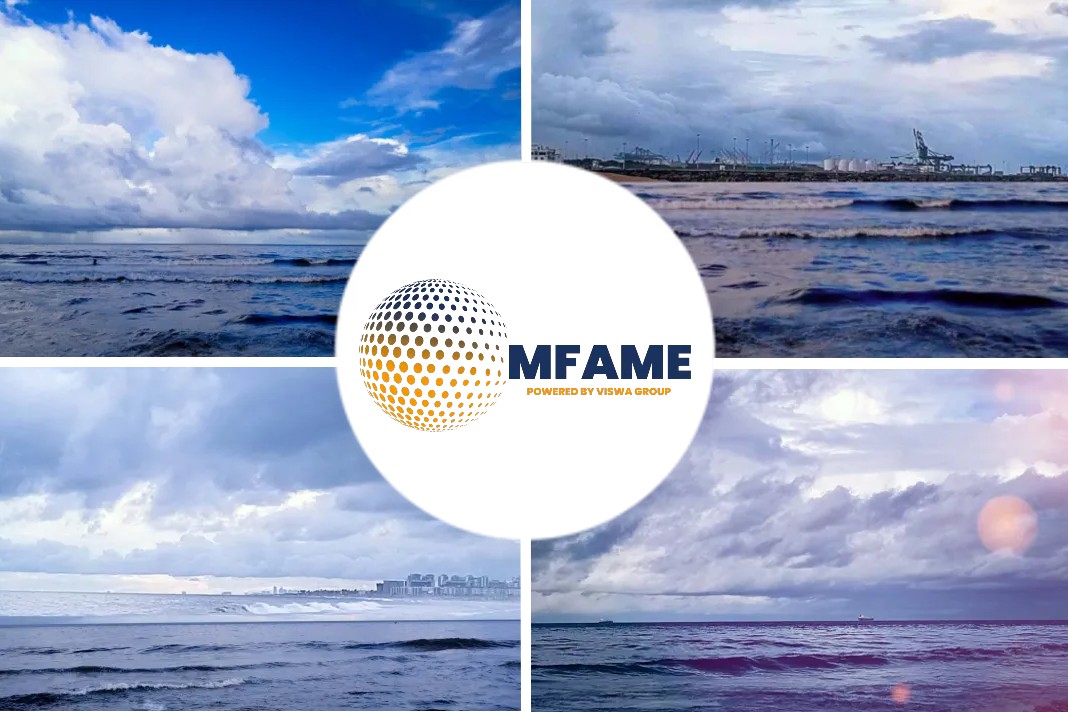 Nagasaki University and Kyocera Corporation have jointly developed a smart monitoring buoy which exploits tidal currents to generate its own energy for continuous ocean data collection, says an article published on their website.
Nagasaki University and Kyocera Corporation have jointly developed a smart monitoring buoy which exploits tidal currents to generate its own energy for continuous ocean data collection, says an article published on their website.
Development Background
Marine pollution and climate change have become serious societal issues. To solve these issues and help create a more sustainable world, scientists need more reliable ways to monitor and visualize various sea conditions.
However, maintaining a stable power supply is a big challenge for continuous data collection at sea. Therefore, Nagasaki University and Kyocera developed the “Energy Harvesting Smart Buoy,” which generates its own electric power for continuous ocean data collection using a tidal-current power generation system in the buoy.
Outline of the Prototypes
Each prototype is equipped with two different tidal-current power generation systems:
SLTT (Small Lens-type Tidal Turbines) – The buoy and power generation are separate, and a diffuser is installed around the turbine. In addition to protecting the turbine, the diffuser has the effect of increasing the flow of water for better power generation.
VTT (Vertical-axis Tidal Turbines) – The power generation element is directly connected to the buoy. Its AI-guided design incorporates a tilted axis to optimize turbine rotation amid heavy ocean swells and waves.
Pilot Test Results in Sea
Nagasaki University and Kyocera conducted a pilot test for nine days during spring tide to low tide in the tidal cycle.
The test used 21 sensors to collect data which was then transmitted to the cloud, including acceleration, temperature, and humidity (using geomagnetic sensors inside the buoy), water temperature, flow velocity, current direction, battery current, and voltage (using an external electric current sensor)
Future Initiatives
To promote ongoing ocean monitoring, the companies are planning to support a water temperature-salinity sensor (temperature, salinity, and electrical conductivity), chlorophyll turbidity sensor (chlorophyll, turbidity, and water temperature), DO sensor (dissolved oxygen and water temperature), and an underwater camera.
Performance and operation will be improved, along with a reduction in size and weight, in commercial versions. Kyocera will also build an IoT platform to store collected data, and ongoing testing will be conducted mainly in Nagasaki Prefecture.
Summary
- Nagasaki University and Kyocera Corporation have jointly developed a smart monitoring buoy which exploits tidal currents to generate its own energy for continuous ocean data collection.
- Nagasaki University and Kyocera developed the “Energy Harvesting Smart Buoy,” which generates its own electric power for continuous ocean data collection using a tidal-current power generation system in the buoy.
- Nagasaki University and Kyocera conducted a pilot test for nine days during spring tide to low tide in the tidal cycle.
- Kyocera will also build an IoT platform to store collected data, and ongoing testing will be conducted mainly in Nagasaki Prefecture.
Did you subscribe to our daily newsletter?
It’s Free! Click here to Subscribe!
Source: kyocera.com















